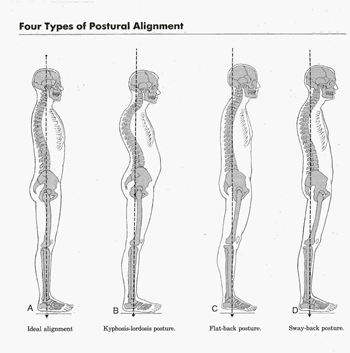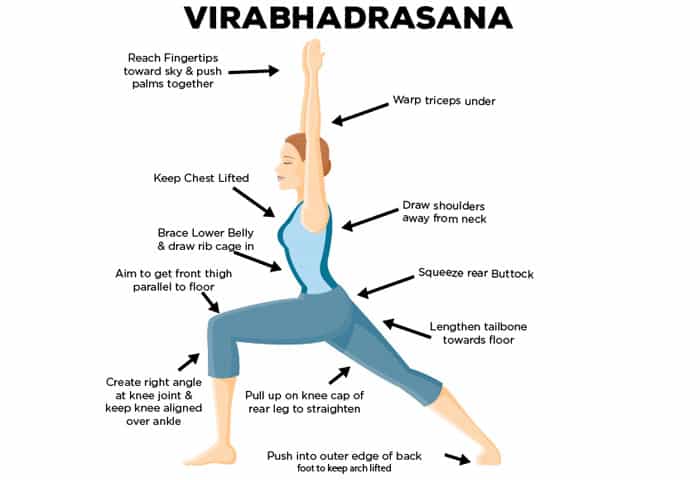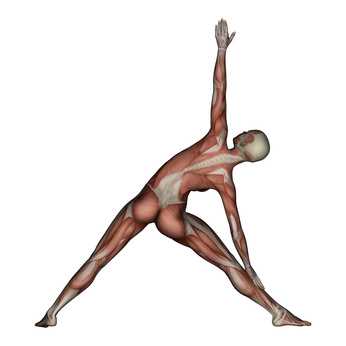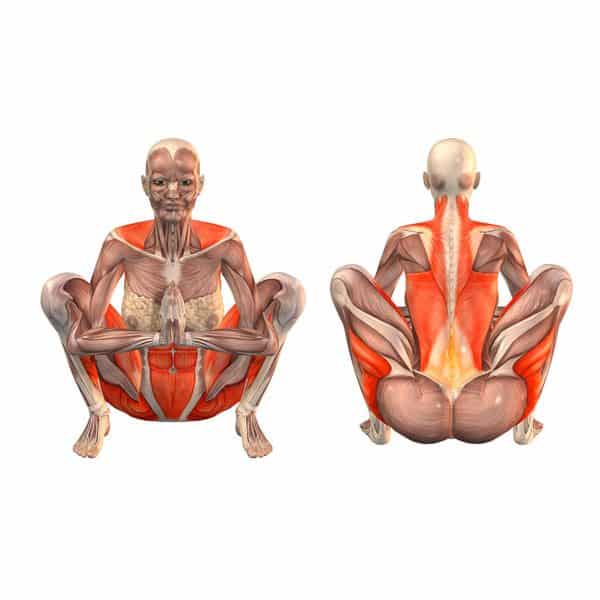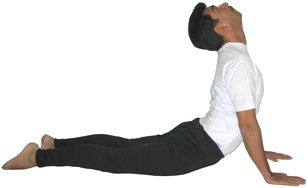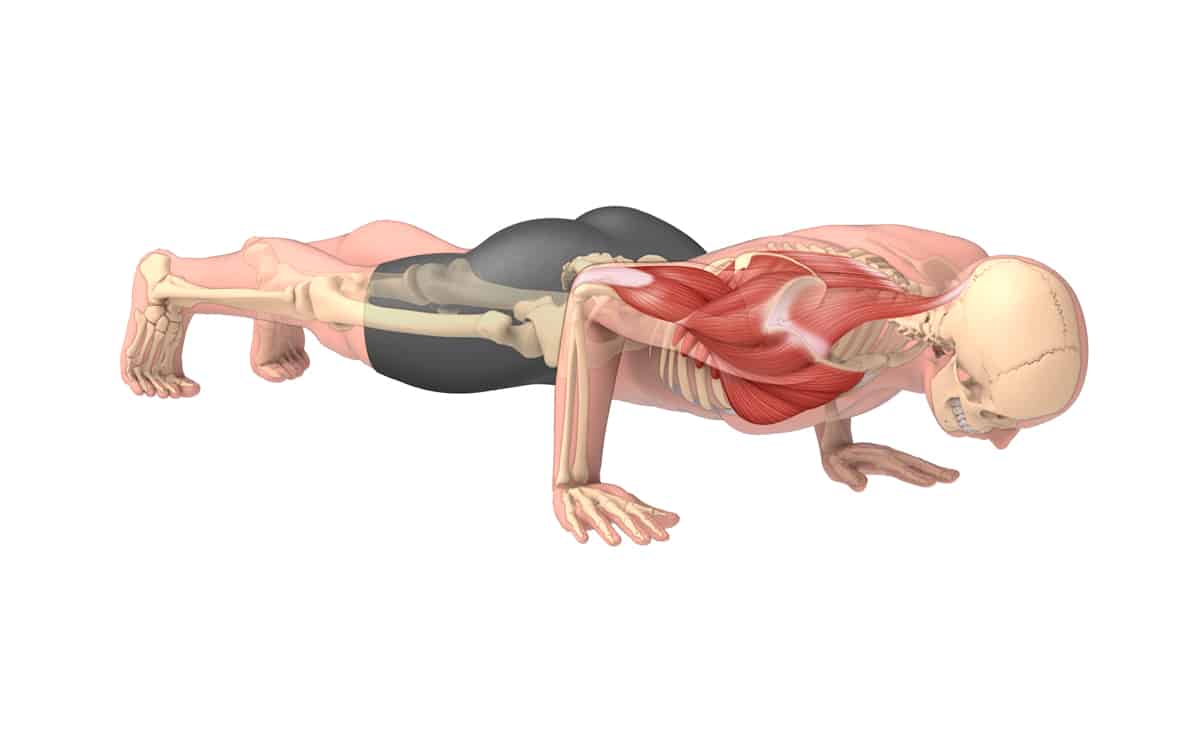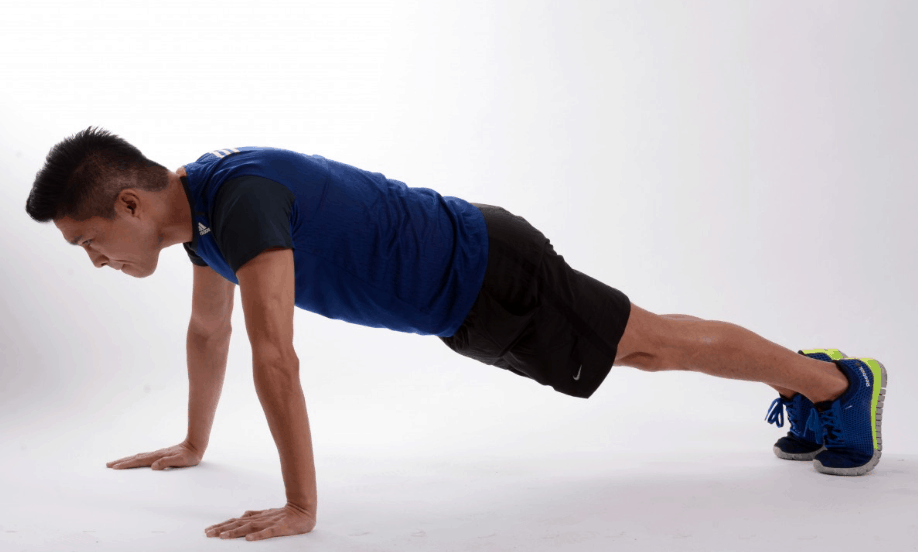We know that the practice of Hatha Yoga was brought to our western culture in the 20th century by masculine Yoga masters, and that mostly men are the creators of the original Yoga Sutra of Patanjali approx. 200 B.C.E – 200 C.E., known also as Raja Yoga or King’s Yoga – the basis of all other Yoga forms practiced around the world.[1] Keep in mind that Yoga goes much deeper than the physical posture and breathing, yet they are the start and the basis for the inward journey of self-inquiry and self-discovery. The deeper you immerse in the practice, the more you’ll happen to find out about it. An Asana – aasana[2] or Yoga posture is practiced with a purpose to mobilize the body and mind for achieving mental skills. This tells us that Yoga indeed is great for men. Not long ago, when I invited a friend of mine to a Yoga Asana session I was teaching, he looked at me discouraged with a shy smile on his face, saying “Really, Yoga for men? I don’t know about that. Me, with this belly, tense as I am, it would be an embarrassment to show myself in front of the other more flexible people, let alone perform postures.” I smiled back, and with encouraging voice told him “You always talk about getting in shape! Just come over please and see how simple yoga exercises can change the way you feel about yourself!” With the 7 exercises that follow, in just an hour, we succeeded to remove his misconceptions he had about yoga for men, and changed his attitude positively. Although he was never fond of practicing in groups, he got hooked up – he liked all the beginner postures and started practicing at home regularly and diligently. The most important and ideal Yoga posture are: “sthirasukhamaasanam” – steady and comfortable posture. Sthira meaning steady, stable and strong and sukham meaning comfortable, easy and peaceful, and aasana meaning body posture or pose. This is the entire instruction from the whole Yoga Sutra (YS, 2.46-2.48) on how a Yoga posture ought to be performed. As long as you apply the elements of stability and comfort to your body posture and align it with your breath (YS, 2.47), you perform the aasana correctly. Every man who wants to gain control over his physical and mental well-being and achieve a healthier lifestyle has the reason to get into Yoga. And here is the deal, in the next seven Yoga exercises you’ll see how to get into Yoga safely and successfully. Get ready and get healthier now!
1. Tadaasana – The Mountain Pose (Variation A – Ideal Alignment)
When practicing physical Yoga, we are counting breaths instead measuring time. Aligning the breath with the body posture is an element for the connection with your inner clock – a closer look on what’s going on inside you – inner awareness. The goal of the Mountain Pose is:
Stabilizing the nervous system through breathing. Building energy and releasing tension. Stabilizing the movement of the thread (inner stability) through the help of breathing. Developing inner awareness. Awareness of inner movement of body’s stability (the strength) and comfort (the easiness and lightness). Creating a rhythmical breathing. Improving focus, concentration and observation.
2. Virabhadraasana – The Warrior Pose (Variation)
Make three rounds (3 x right foot, 3x left foot). The goal of the Warrior Pose is:
Building energy and releasing tension. Stretching and strengthening thigh and gluteus muscles. Stretching hips (groin muscles) and mobilizing hip joints. Strengthening back muscles.
3. Trikonaasana – The Triangle Pose (Variation)
Make three rounds (left and right). The goal of the Triangle Pose is:
Building energy and releasing tension. Mobilization of spine, pelvis area and groin muscles. Mobilization of lower back (lumbar spine) and shoulders. Strengthening superficial and core back muscles.
4. Malasana – The Squat Pose
Repeat this five times (adjust repetition as you see fit, if you feel comfortable and energetic do more than five, if not, do less). The goal of the Squat Pose is:
Building energy and releasing tension. More flexibility in groin muscles. Stretching and strengthening lower back muscles. Mobilization of hip joints. Strengthening thigh muscles and knees.
5. Bhujangasana – The Cobra Pose (Variation)
Repeat five times. The goal of the Cobra Pose is:
Building energy and releasing tension. Mobilizing each spine vertebra. Strengthening arm, shoulder and back muscles. Stretching groin muscles.
6. Chaturanga Dandaasana – The Four-Limbed Staff Pose (Variation)
Repeat this exercise three times. The goal of the four-limbed staff pose is:
Building energy and releasing tension. Stabilizing all muscles involved. Strengthening back muscles, anterior shoulder muscles, chest and arm muscles. Strengthening thigh and gluteus muscles.
7. Phalakaasana – The Plank Pose (Variation)
Repeat this exercise three times. The goal of the plank pose is:
Building energy and releasing tension. Strengthening chest, arm, and shoulder muscles. Strengthening overall back muscles and lumbar spine area. Strengthening thigh and cough muscles. Building endurance and flexibility.
Your Yoga Session is finished. Spend a moment lying on the floor breathing gently and deeply, and store all the movements and experiences you have undergone in this practice. Now having more strength and vitality, take this experience and apply it constructively in your daily life. Know that you will come a step further in your next practice and experience a new insight.
Final Thoughts
The practice of these Yoga exercises should take some 45-50 minutes, however you can change the repetitions and number of breaths according to your physical and mental fitness. Looking at all these simple yet highly beneficial postures, we can conclude that apart from the physiological benefits as mobilizing and strengthening the body, more important benefits out of these exercises are:
The development of mental skills such as focus, motivation, observation, confidence, concentration by turning inwards through the focus on gentle breathing. The regaining of vitality and building of stamina and resilience through the repetition of movement. The reduction of stress and neuroticism [3] as a result of the above two.
The benefits mentioned above are perceptible when a balanced flow between breath and body movement is created. Yoga can take you to a new beginning for a prosperous change that sets new goals with great motive for improvement. Let these 7 Yoga Exercises be your goal. Make a routine (in your own rhythm – harmonically) by practicing these exercises every single day. You will see positive physical and mental changes in a matter of weeks. And if you choose to be a part of a yoga class don’t worry about how you look, and what you’re going to wear as long as your clothes are comfortable. Stay focused on what you want to achieve on a physical, mental and spiritual level. Keep in mind that everything you need for that new change in your life is sitting right here within you. Start to practice and the process of achievement will unfold! I salute the spirit in you!
More About Yoga
How Practicing Morning Yoga Transforms Your Life (+10 Beginners’ Poses) 15-Minute Morning Yoga Routine for Beginners 9 Reasons to Incorporate Yoga Meditation and Mindfulness into Your Life
Featured photo credit: Artem Beliaikin via unsplash.com
